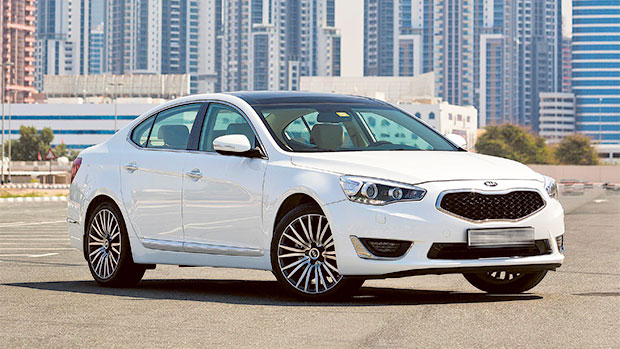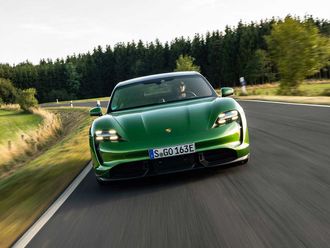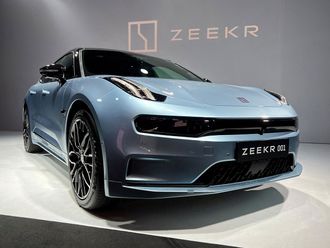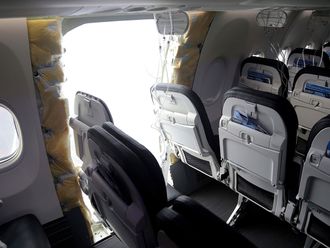
Dubai: These days local automotive dealerships are tracking currency movements with as much attention as they would give their sales charts. With a soft yen and a weakened euro favouring Japanese and European brands, the competition in the entry and small car segments, in particular, have become even more intense.
To counter the advantage the current yen levels has given dealerships representing Japanese makes, Al Majid Motors, which handles Kia, has gone for a strategic price cut in the last two months. “Showroom prices have been cut by 7 to 12 per cent depending on the model, as the weak yen was starting to hurt our competitive advantages,” said Samee Ahmad, Marketing Manager at Al Majid Motors — Kia. “At this point, we had to make sure that we retain or grow our market share vis-a-vis the competition, and it meant there had to some adjustments on our pricing. We have the full support of the manufacturer in our response.”
The yen has been quoting upwards of 105 to a dollar for some time now. Historically, anywhere beyond that level is enough to put a shine on a Japanese car dealer’s prospects. (The Korean won too has weakened — by 5 per cent in the last six weeks — as South Korean authorities “intervened” to make sure the country’s exporters were not hard done by.)
“We cannot say for sure how much local Japanese dealerships have benefited from the extended weakness of the yen, but we have seen some of the lower sourcing costs being passed on via highly favourable insurance terms or extended warranties,” said Ahmad. “With Kia models, we do not have the flexibility to source from other manufacturing bases other than Korea, as a counter to the currency fluctuations. All of our models with the exception of the Sportage comes from Korean plants.”
These are good times to be scouting around for a new car. After four exceptional years of growth, new vehicle sales are starting to show signs of stabilising. Growth for the full year is expected to come in at under the 10 per cent compared with the 13-15 per cent plus of previous years.
This means that dealerships are more likely to be “aggressive” in their offers, or padding up on the list of incentives that would draw a potential buyer to consider them rather than the competition. (But too aggressive a pricing strategy, unless handled well, can also backfire on brand perceptions.)
Also, auto finance rates are still on the lower side. And unless the US Federal Reserve does something to change interest rates there, the local market will continue to finance new vehicle purchases on a win-win basis for all concerned.
“The premium end of the automotive category as well as SUVs continue to do well, but some slowing down is being recorded on others such as mid-market models,” said an official with a local dealer. “But the situation can vary sharply with each brand.”
According to Ahmad, Kia has been trying to establish the credentials for its top-of-the-line models such as the Cadenza, which could, in time, be a counterbalance to the extremely competitive margins in the small and mid-range models. It’s a strategy that Hyundai Motors, which also owns Kia, has managed with the Genesis or the Equus.
“For Kia, it has to be a gradual process of building up sufficient volumes for the premium models,” said Ahmad. “It can never be achieved overnight. Right now, our main focus will continue to be the volume models — if we pack in more features into them and back it with the right pricing, we will continue to push ahead with growth faster than the overall market’s.”
This year, the dealership is aiming to touch volumes of 15,000 units plus.












